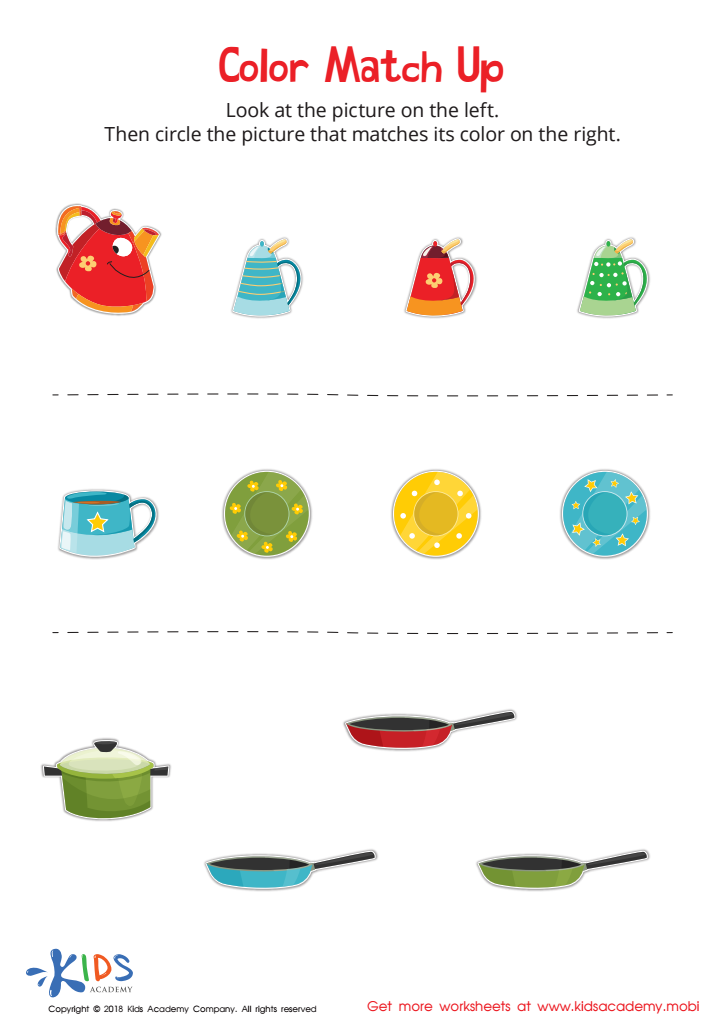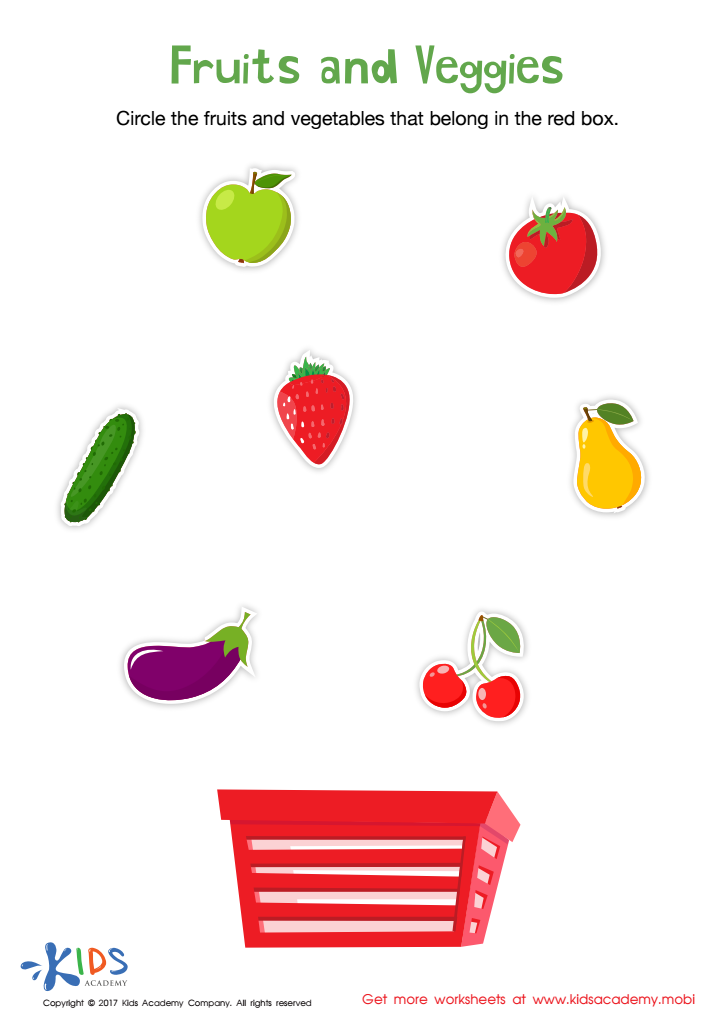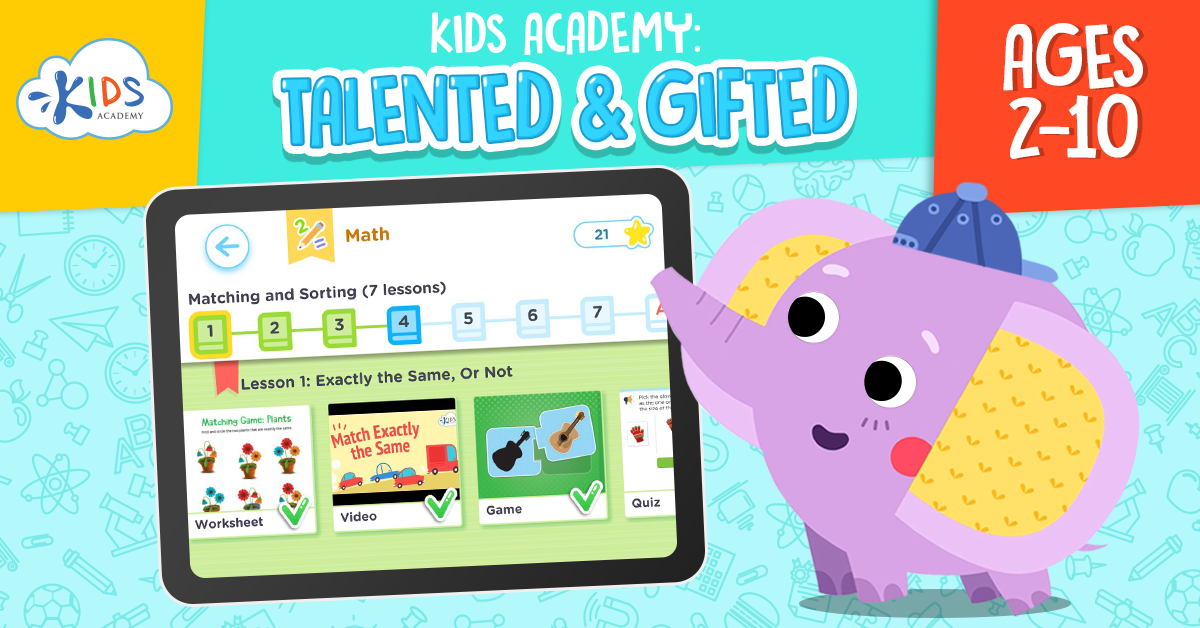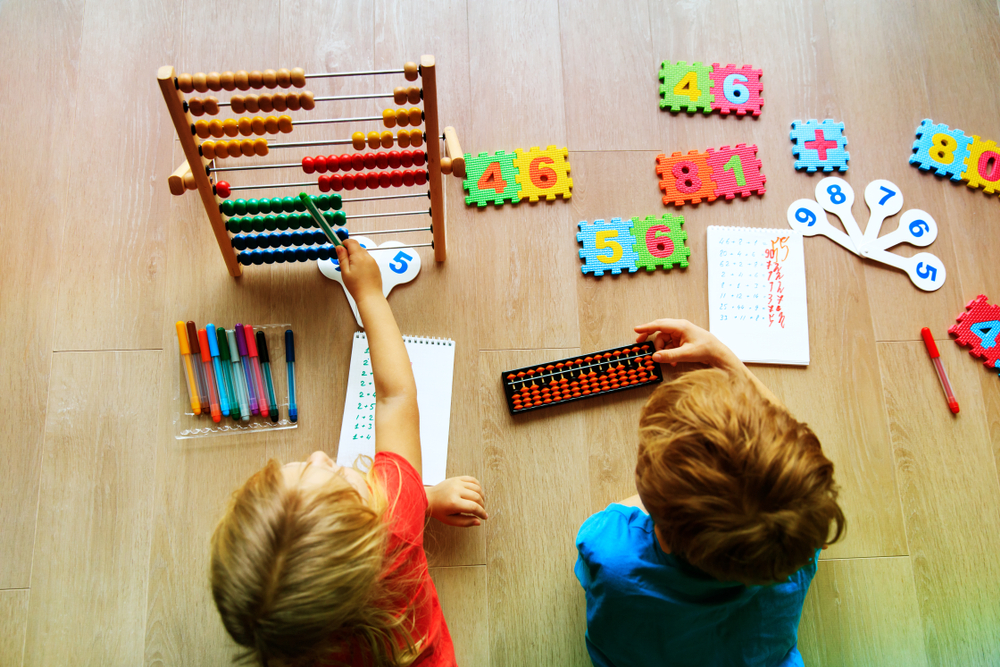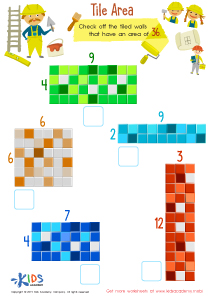Normal Matching Worksheets for Ages 6-9
29 filtered results
-
From - To
Discover our engaging Normal Matching Worksheets, specifically designed for children aged 6-9! These worksheets promote essential skills through interactive activities that enhance concentration and cognitive development. Ideal for both classroom settings and home learning, our matching worksheets cover a variety of subjects, including math concepts, vocabulary, and shapes, making learning fun and effective. Each worksheet is designed to motivate students while aiding in the retention of critical knowledge. Encourage your child's growth and fascination with learning as they complete each challenge. Explore our diverse collection and watch their confidence and skills blossom! Perfect for young learners ready to match and master!
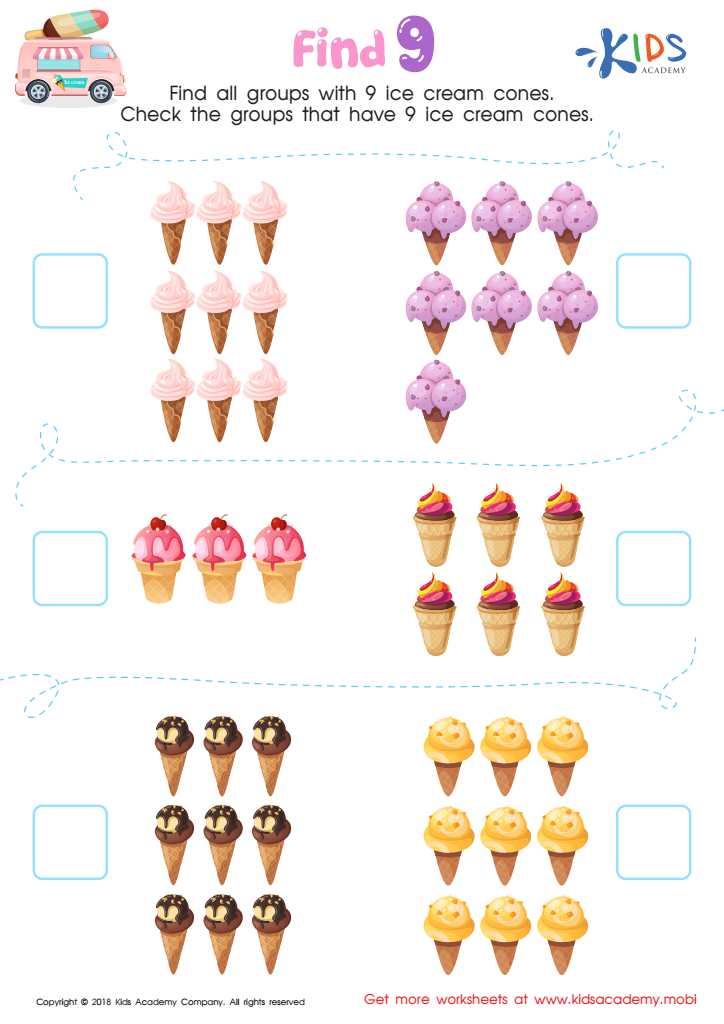

Find 9 Worksheet
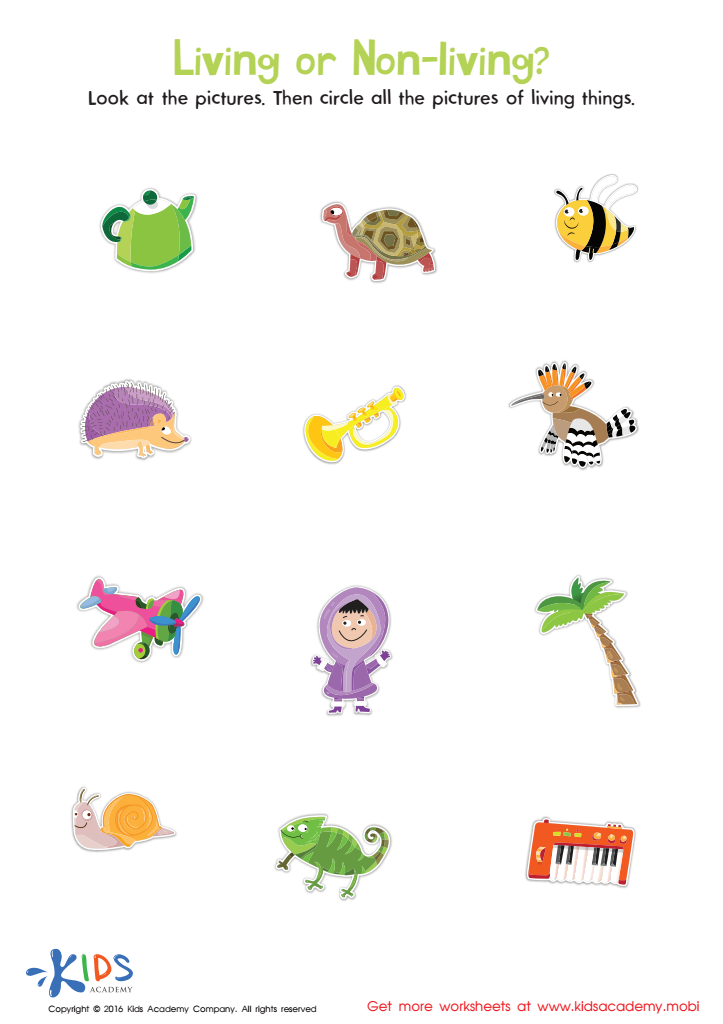

Identifying Living and Non–living Things Sorting Worksheet
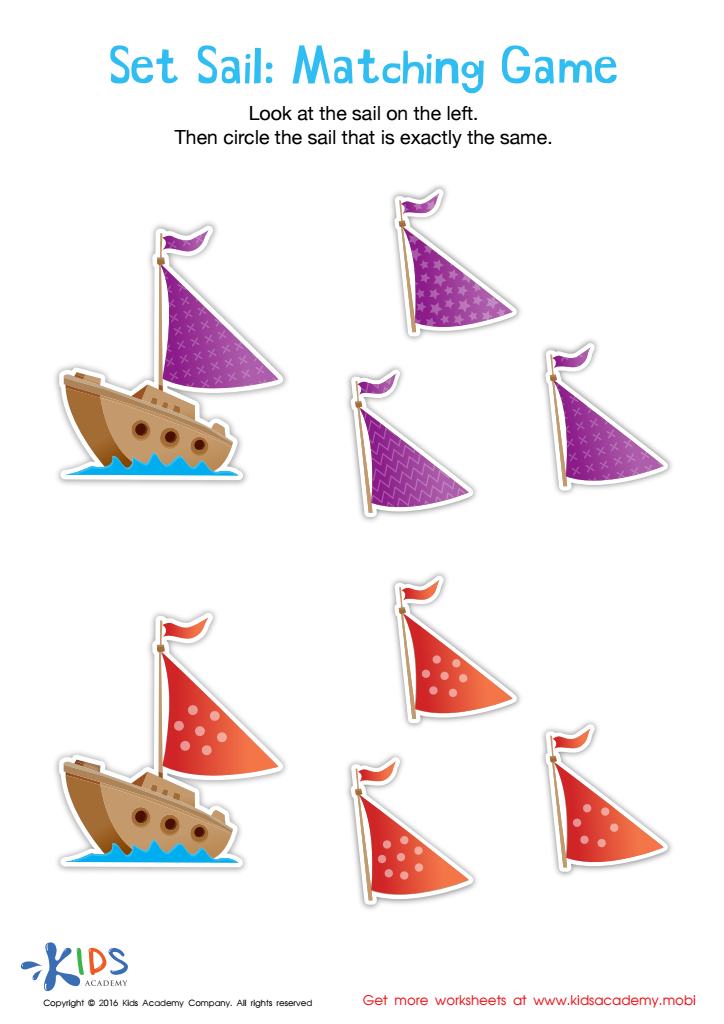

Set Sail Worksheet
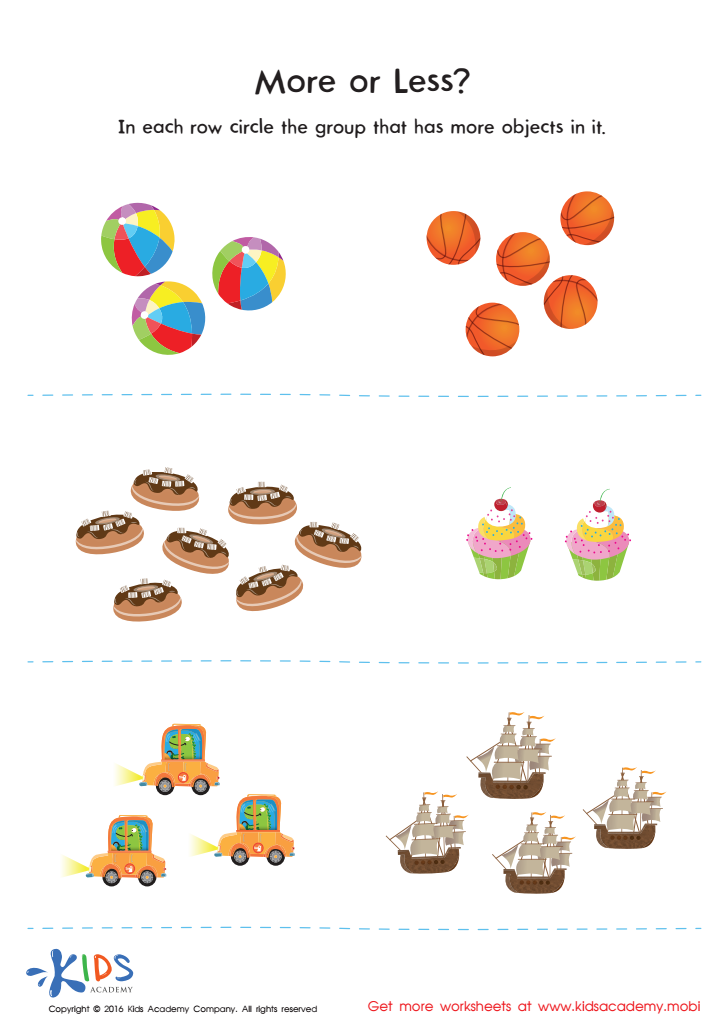



The 5 Sense Scientist Worksheet
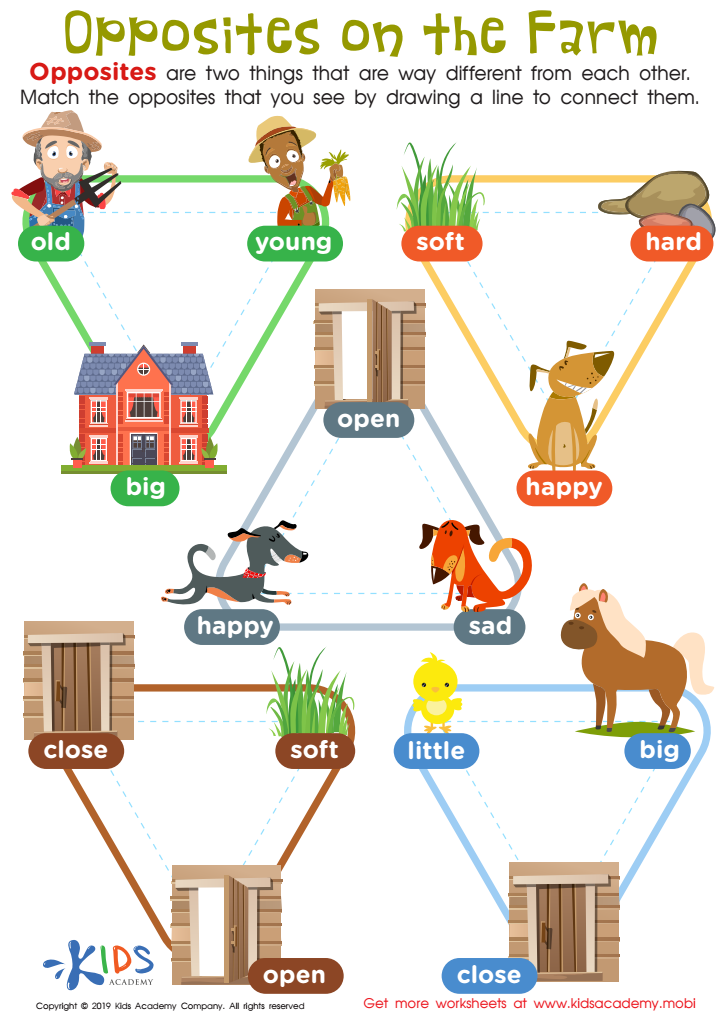

Opposites on the Farm Worksheet


Matching: Classifying Toys by Size Worksheet
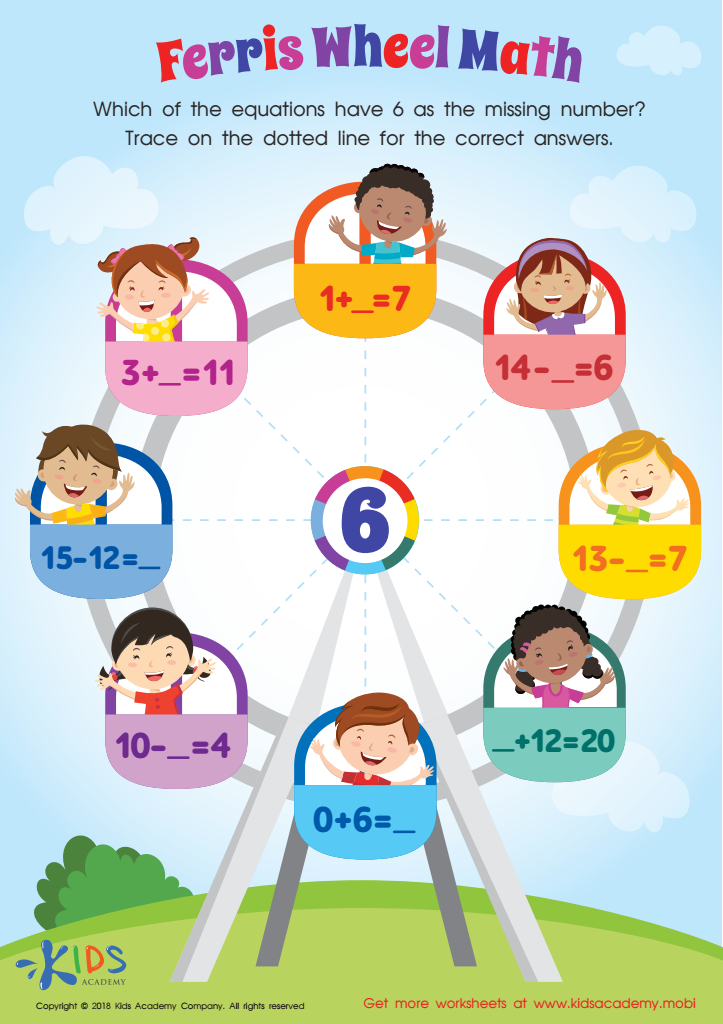

Missing Number: Ferris Wheel Math Worksheet
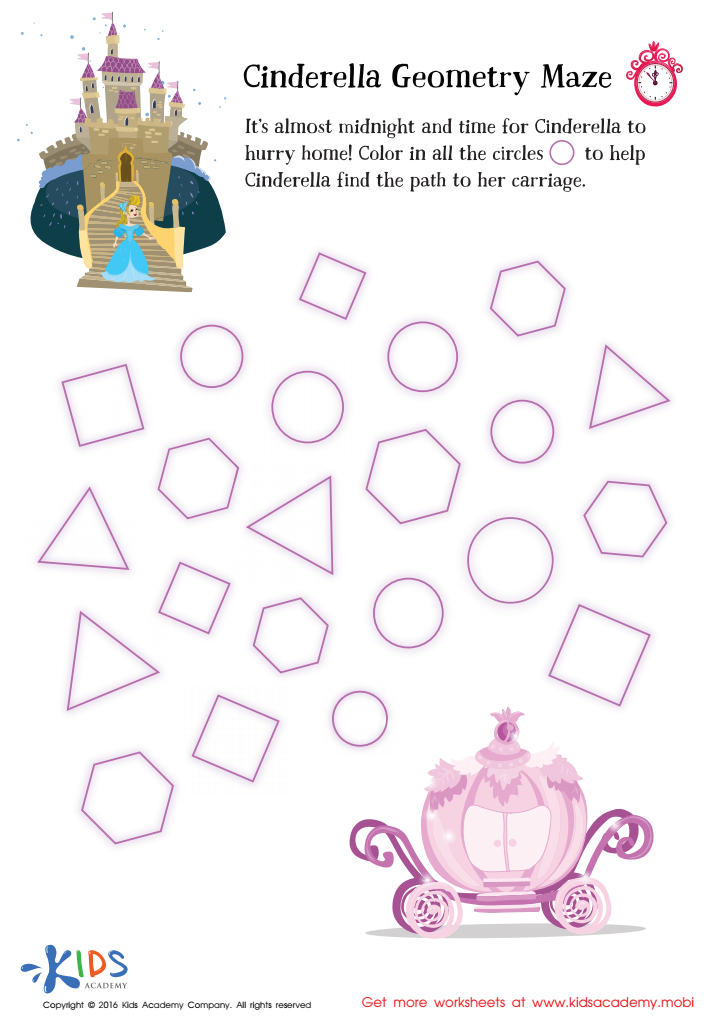

Cinderella Geometry Maze Worksheet
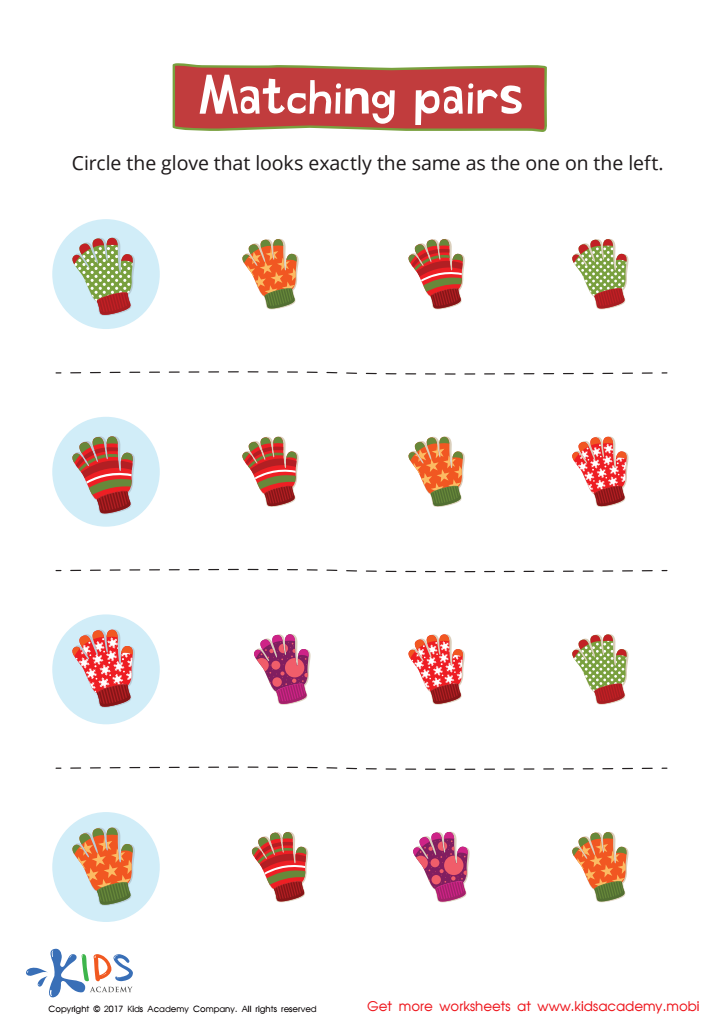

Matching: Matching Pairs Worksheet


Classifying Toys by Type and Color Sorting Worksheet
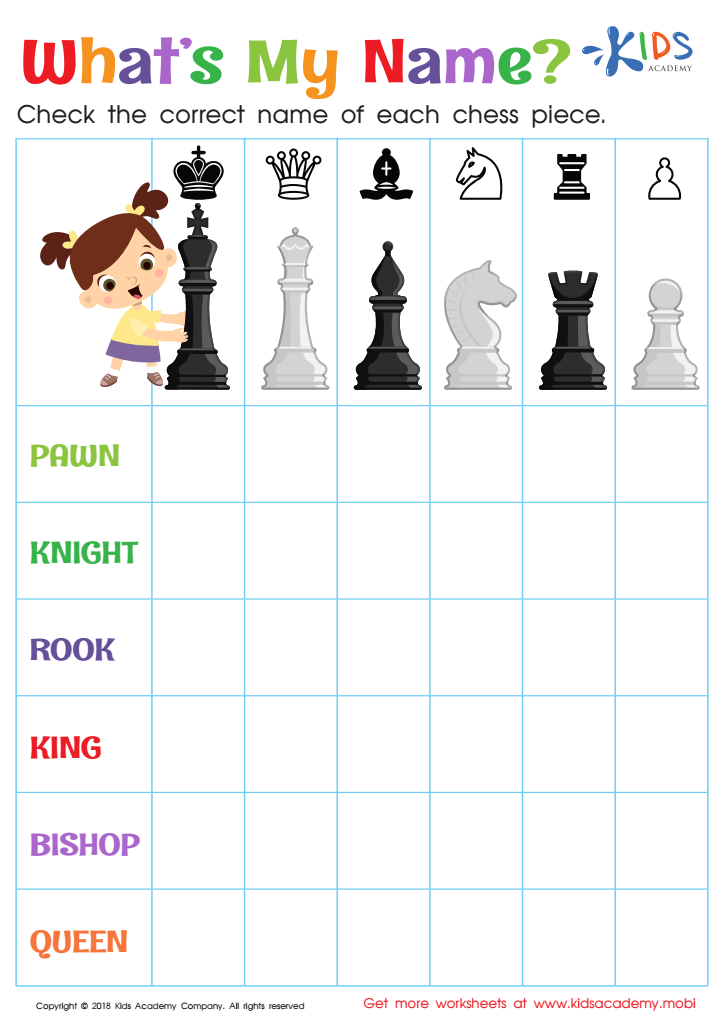

What's My Name? Worksheet


Logic Game Sorting Worksheet
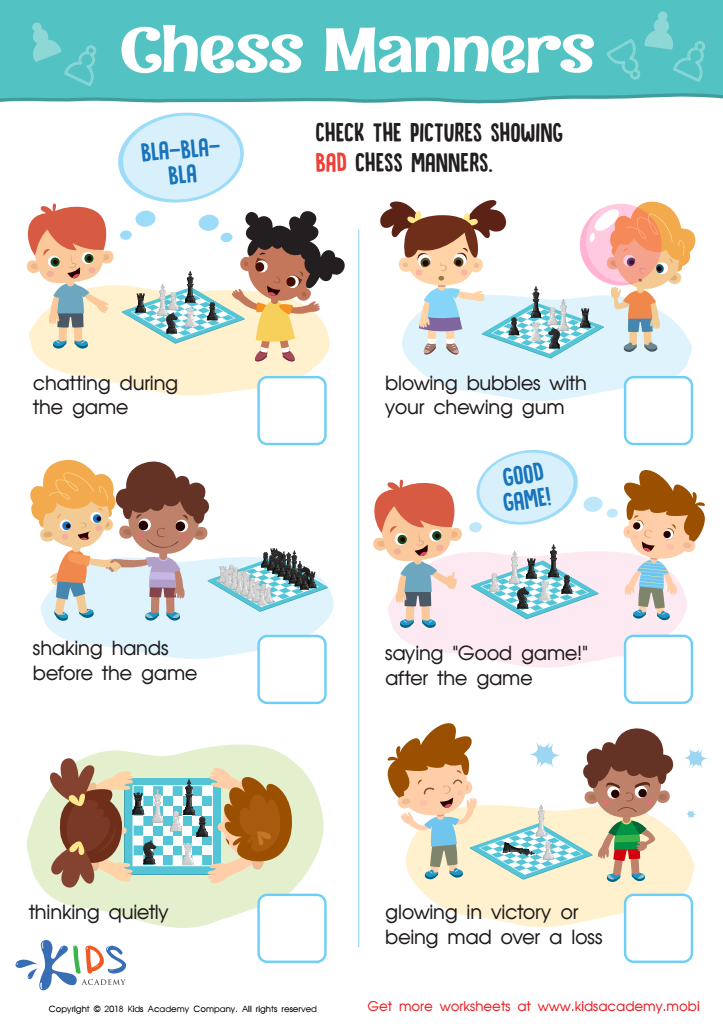

Chess Manners Worksheet
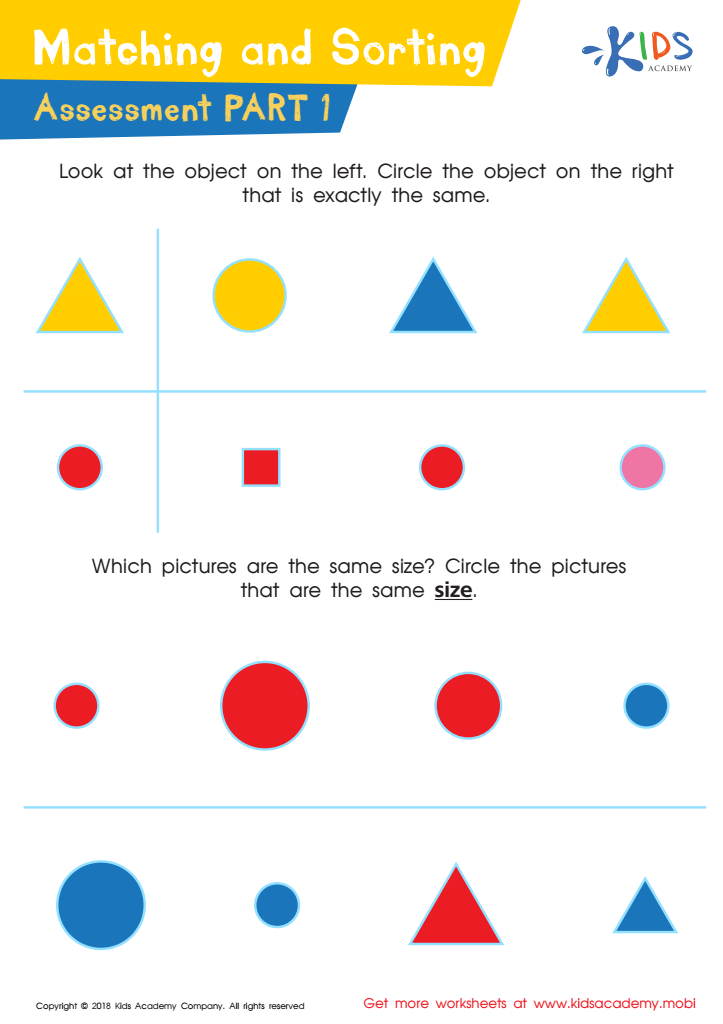

Matching and Sorting for Kindergarten: Assessment 1 Worksheet
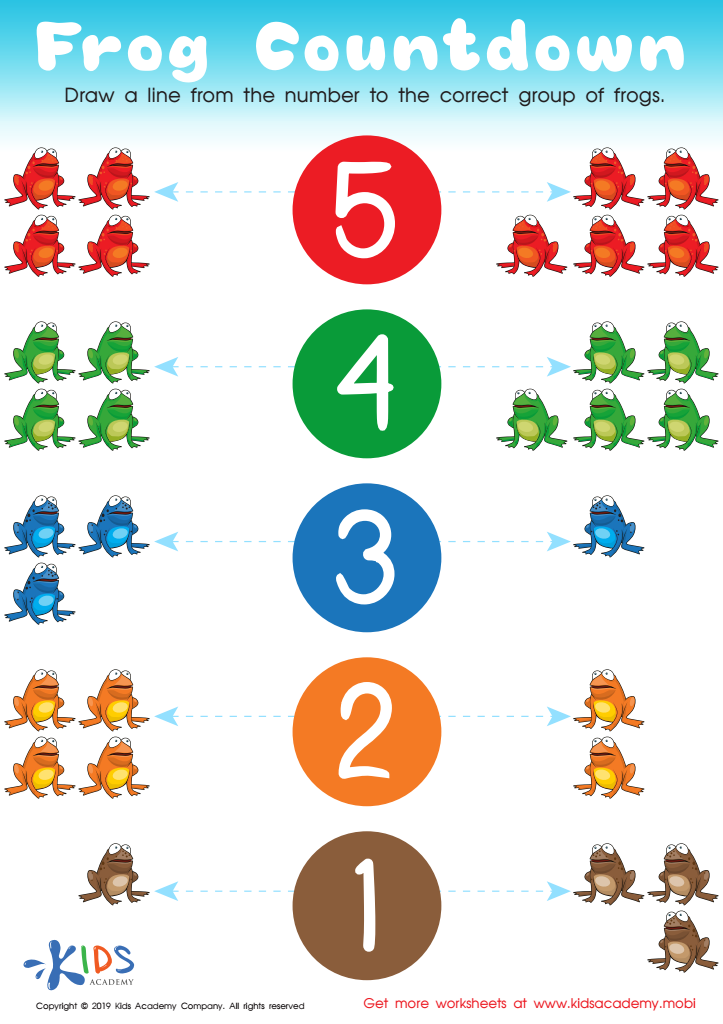

Frog Countdown Worksheet
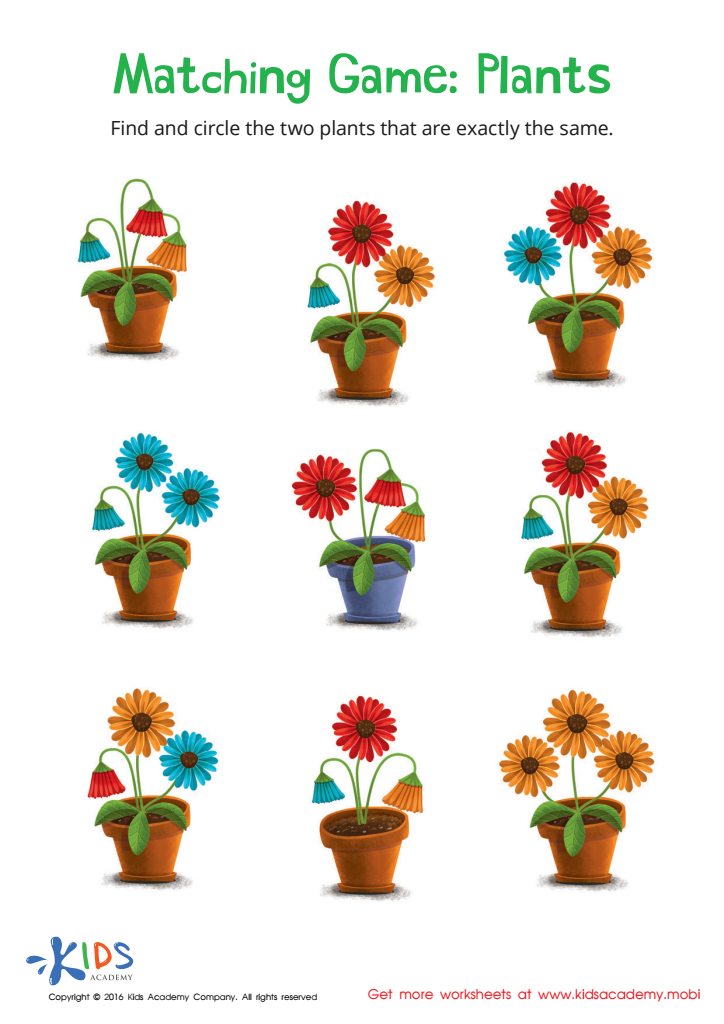

Matching: Plants Worksheet
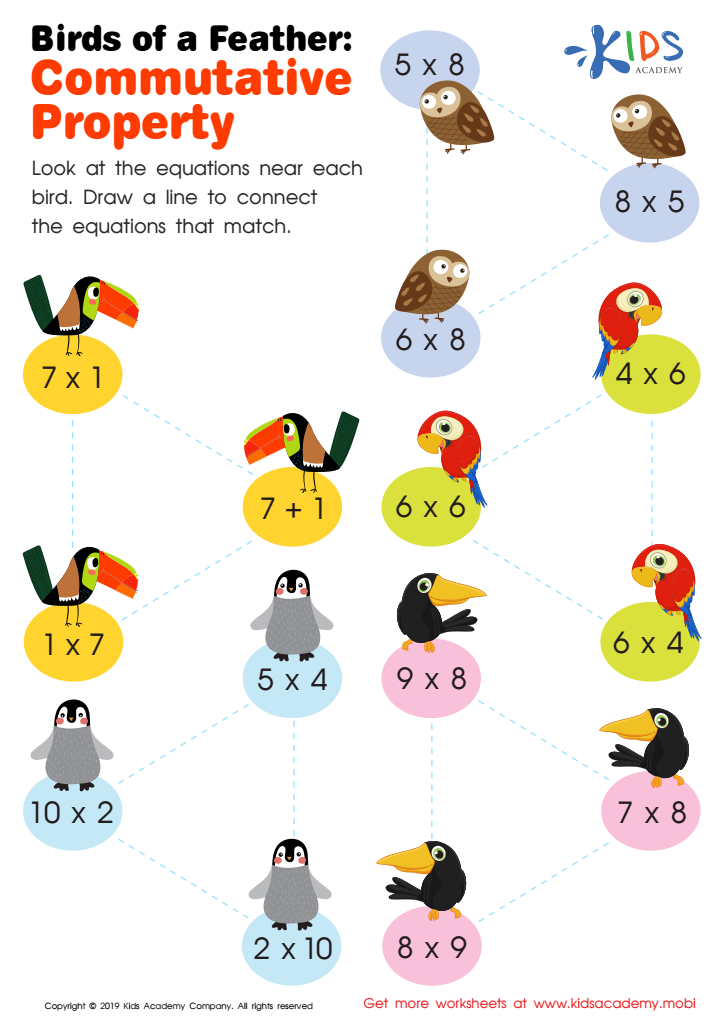

Birds of a Feather: Commutative Property Worksheet
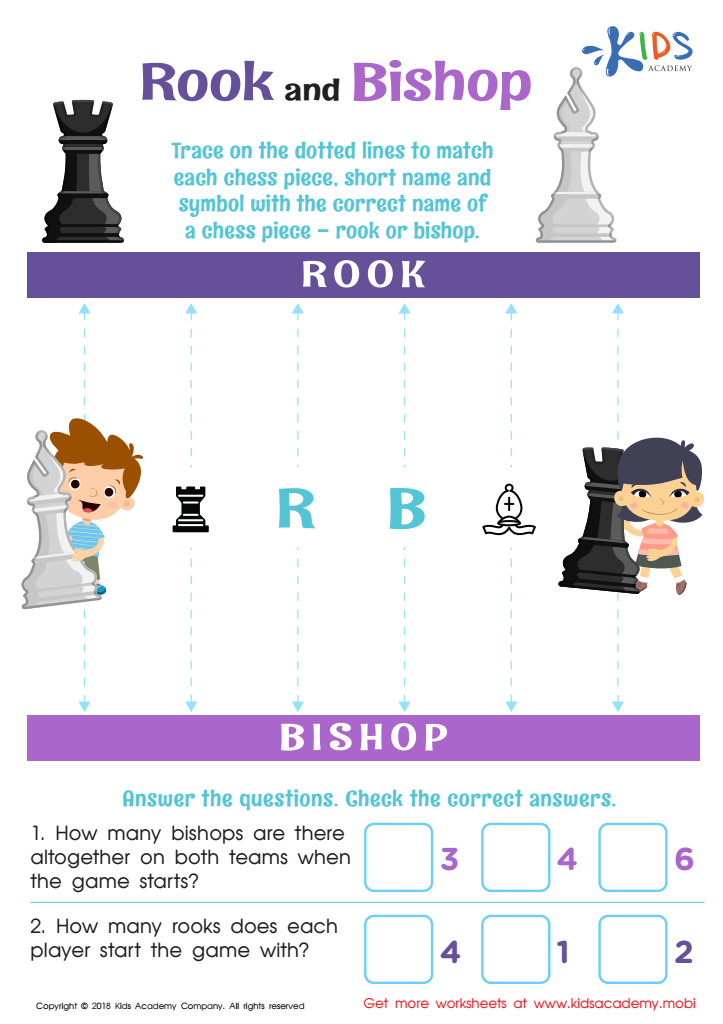

Rook and Bishop Worksheet
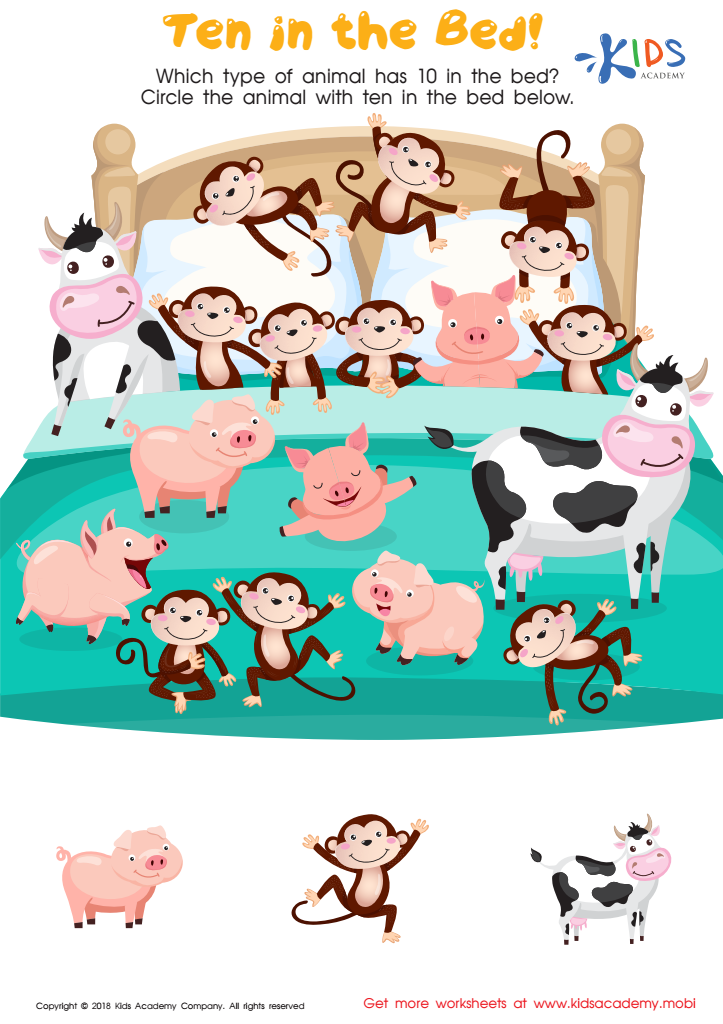

Ten in the Bed Worksheet
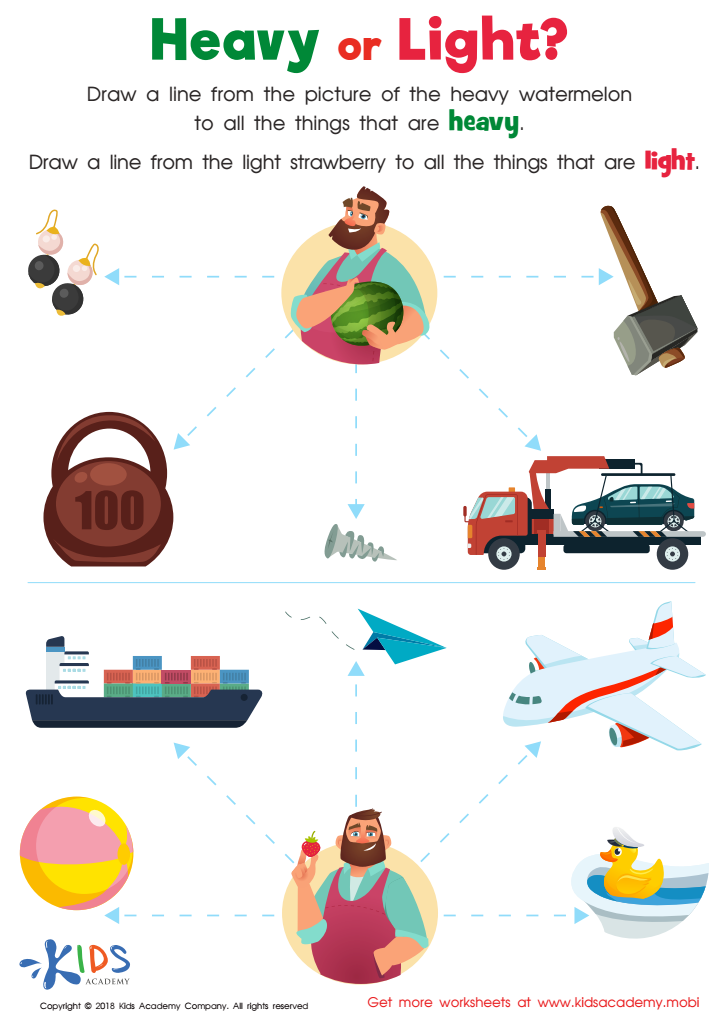

Heavy or Light? Worksheet


Silhouettes – Shapes Worksheet
Normal Matching is a fundamental aspect of cognitive and social development for children aged 6-9, and it warrants the attention of both parents and teachers. At this stage, children are enhancing their critical thinking and problem-solving abilities, and Normal Matching plays a crucial role in building these skills. It encourages children to identify similarities and differences, fostering analytical thinking, which is essential for future learning.
Moreover, Normal Matching activities can enhance essential social skills. Children learn to collaborate, share, and communicate effectively through group activities that involve comparing and categorizing objects or ideas. This cooperative engagement promotes teamwork and empathy, foundational skills for success in both academic and personal settings.
Recognizing patterns through Normal Matching also lays the groundwork for literacy and numeracy. As children match letters to sounds or numbers to quantities, they develop skills that support reading and mathematics.
Ultimately, by incorporating Normal Matching into educational practices, parents and teachers are not only supporting academic achievement but also nurturing a well-rounded growth in social, emotional, and cognitive areas of development. Engaged parents and educators can create rich learning environments that prioritize Normal Matching activities, benefiting children's holistic development during these critical years.

 Assign to My Students
Assign to My Students



